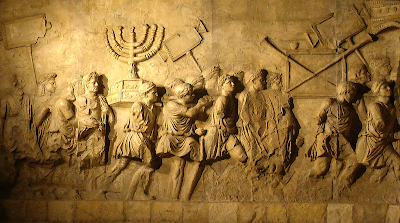During the course of this year (2011), there had been more nations going bankrupt than anytime in history. Not counting minuscule nations eking the living out of subsistence farming, but large, former imperialist nations who once ruled a fair portion of the world. These nations are called the PIGS, consisting of Portugal, Italy, Greece and Spain, all belong to the European Union. The fall of these nations led to the defamation of the Euro, decreasing its value drastically. The same phenomenon is happening in the US where the population consumes and invests beyond their potential to pay for it, causing household bankruptcy and unemployment nation wide. The next year's economical trends, from current projections, would be similar to this year's or worse. The Euro zone is contending with massive loans they cannot repay and pressures to dissolve the EU for the sake of saving other prosperous EU nations. In addition, the Obama administration cannot effectively deal with their failing economy creating distrusts in the US dollar, the world's most respected currency. It seems that the salvation of the US economy lies in the next election where Rick Perry would most likely prevail as the victor.
A video briefly explaining the causations and elements of the EU financial crisis.
The year 2011 had experienced the worse punishments from nature around the globe from Japan's 8+ Richter earthquake to Thailand's largest flood in the millennium, it seems that the Mayans might be correct after all. The environment is rapidly changing, thanks to human activity. This results in the world's current period of mass extinction, which according to biologists, it the largest period of mass extinction since the Cretaceous extinction that is known notoriously for eradicating the dinosaurs. More species on Earth are disappearing, for instance, the last known specimen of the black rhino is now extinct in the last few months. What we should expect for the coming year is the loss of many unique life forms, radical changes in the environment and brace yourselves for the worse disasters nature could bring upon you!
Sparked in Tunisia, the Arab Spring is an even that shook the world as the longest reigning dictators fell along with their regimes. Followed closely by Egypt where President Hosni Mbarak is ousted by the angry mob, which preceded the revolution of Libya where the rebels took down Colonel Mourmar Gaddaffi and his relatives, ending in his execution. Promising sites for a revolution would be Burma, where the ruling military junta freed Aung San Suu Kyi, the leader of the NLD party who was in house arrest for virtually her whole life until she was released recently. This year marks the beginning of the end of tyranny world wide and 2012 would give birth to new democracies, giving some nations a brighter future free of fascist dictators.
 |
| Egyptian woman rallying on the streets of Cairo, protesting against the tyrannical president Mbarak. |

















